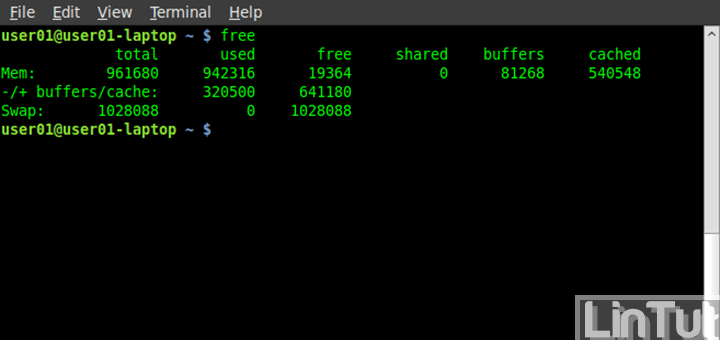

Your best bet is to use one of the other answers that tells you how much physical memory is available, and never allocate more than that. When you do write to it, that's when the system will work on finding out where to get the memory from, and thats when you might run into problems. Until your program tries write to the memory (including writing 0s) with the memory is not actually allocated from physical memory or swap. When you call malloc the system will happily allocate any amount you ask for (up to the AS limit which is usually ulimited) even if no pnhysical or swap space is available. Usually the maximum amount that malloc can allocate is vastly larger than the amount the system can actually handle. The real answer here is why you would want to do this. For example, 32-bit applications cannot typically allocate more than 3GB of memory, though that depends on how the kernel was built. I've accounted for that, but there may be some other edge cases I have missed.

The only exception is that in some cases getrlimit could return 0xFFFFFFFFFFFFFFFF however most 64-bit systems cannot address more than 48 bits of address to be used, no matter what. When a process forks, both the parent and the child will show with the same RSS. You can also /proc/meminfo: cat /pro/meminfo. Type the free command to see memory in mebibytes: free -m. There are many reasons for this, but I'll hit a couple of the biggest ones. The procedure to check memory is as follows: Open the terminal app or login to the remote Debian server using ssh command: ssh userserver-name-here. You can't just add up all the RSS fields and get the value reported used by free. If (lim.rlim_cur = 0xC000000000000000ull) // most systems cannot address more than 48 bits The linux virtual memory system isn't quite so simple.
#LINUX GET FREE MEMORY CODE#
The following code returns that: #include įILE *statm = fopen("/proc/self/statm", "r") That would approximately the maximum allowed VM size minus the current VM size. Your comments seem to indicate what you really want to know is the most memory that malloc can allocate in a single block.


 0 kommentar(er)
0 kommentar(er)
